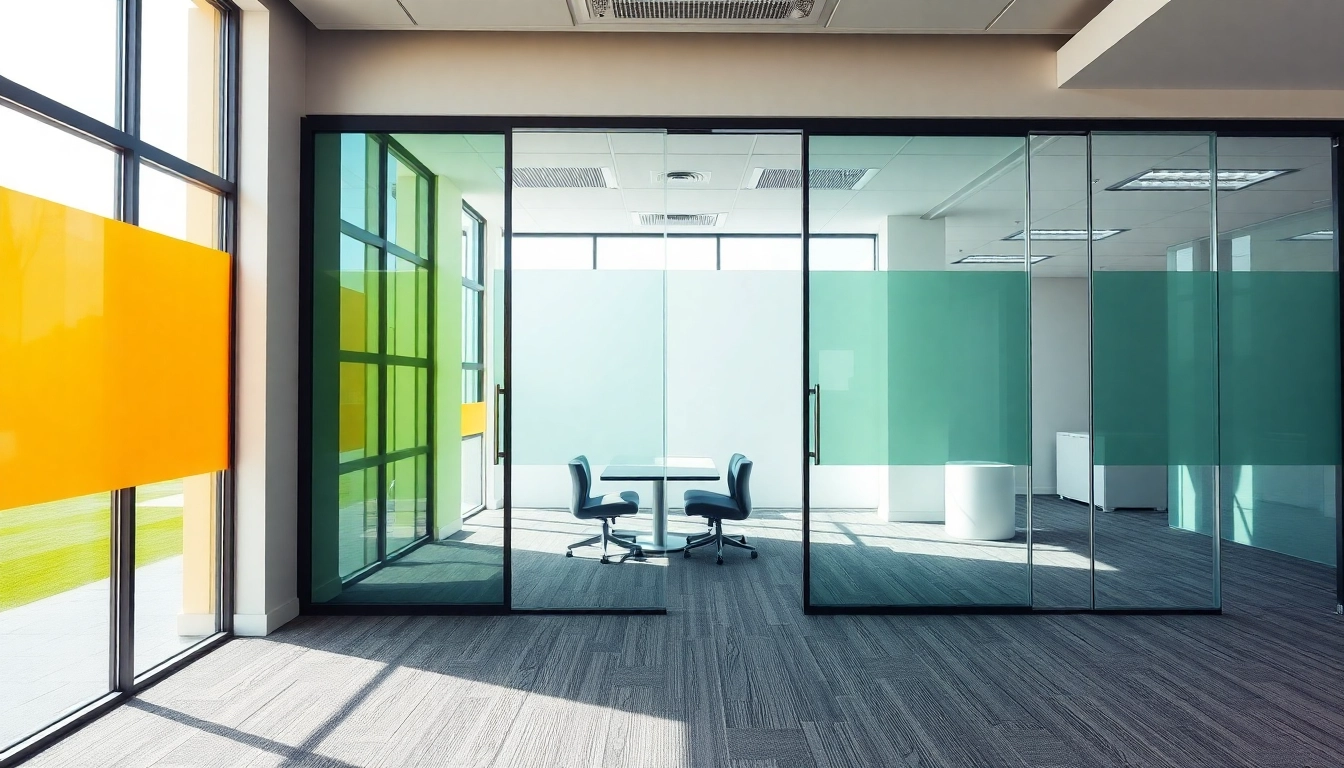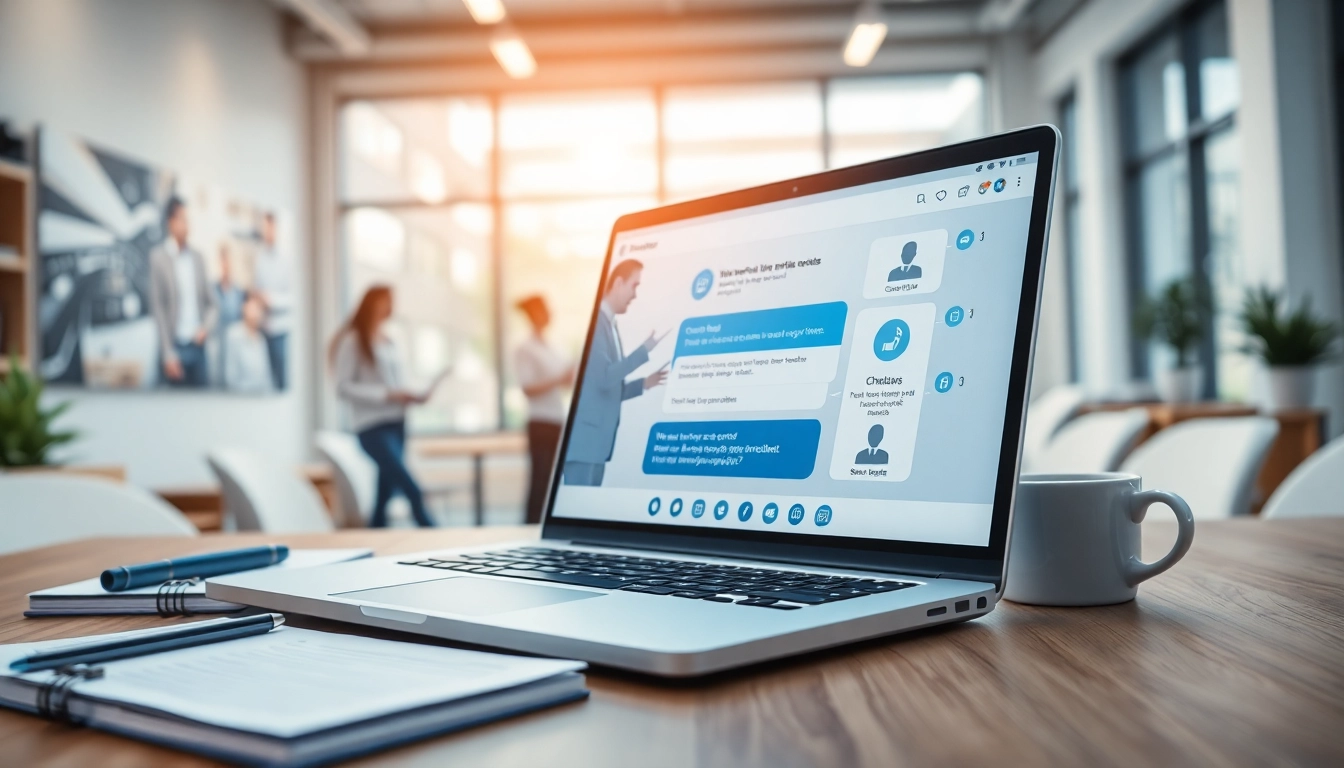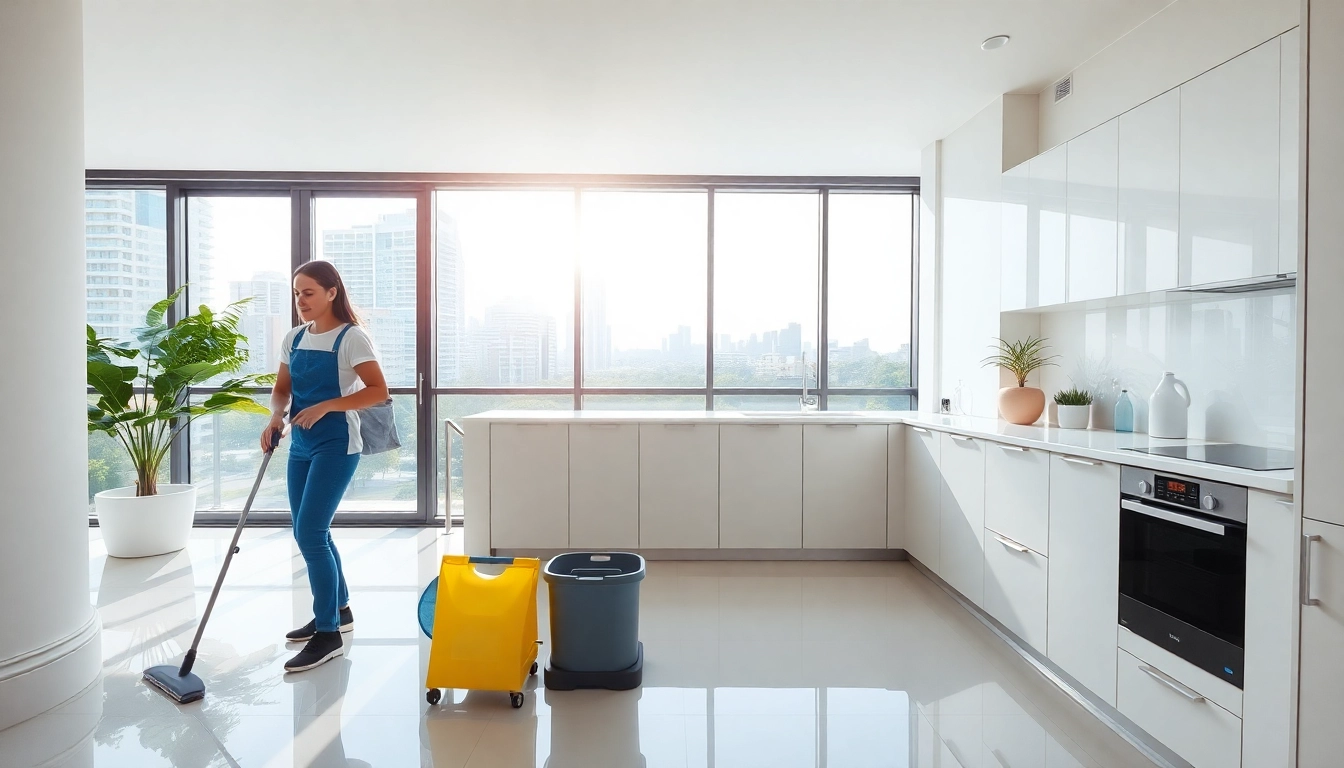Understanding Movable Glass Partitions
What Are Movable Glass Partitions?
Movable glass partitions are innovative architectural solutions designed to provide flexibility and functionality in various spaces, whether in commercial or residential settings. With their sleek design, they offer the ability to alter interior layouts quickly and efficiently, creating either open or enclosed environments as required. Unlike traditional walls, which are permanent and fixed, movable glass partitions can be repositioned to accommodate changing needs and preferences.
These partitions consist of large panels of glass set into a track system or frames that allow them to glide smoothly into position. Their transparent nature allows for abundant natural light, enhancing the aesthetic appeal of any area. By integrating movable glass partitions into a design, architects and interior designers can create multifunctional spaces that adapt effortlessly to various uses.
Benefits of Using Movable Glass Partitions
Movable glass partitions come with a multitude of benefits that make them a preferred choice for modern interior design. Here are some of the most significant advantages:
- Space Optimization: These partitions allow for the reconfiguration of spaces without the need for major construction, making them ideal for offices, conference rooms, and event venues.
- Aesthetic Appeal: Glass partitions provide an elegant and modern look, contributing to a more sophisticated and open feel in any space.
- Light Enhancement: Due to their transparent nature, movable glass partitions facilitate natural light flow throughout a building, which can improve ambiance and reduce reliance on artificial lighting.
- Noise Reduction: Many movable glass partition systems are designed with sound control capabilities, helping to manage acoustics in environments requiring privacy or noise reduction.
- Cost-Effectiveness: By reducing the need for permanent walls and ensuing demolition costs, movable glass partitions can be a more economical choice in the long run.
Applications in Various Environments
Movable glass partitions are versatile and can be utilized across various sectors, enhancing functionality and design. Some notable applications include:
- Corporate Offices: Create dynamic meeting spaces that can be adjusted based on employee requirements, promoting collaboration.
- Retail Spaces: Use glass partitions to separate different areas for better organization while maintaining a cohesive visual flow.
- Healthcare Facilities: In hospitals and clinics, these partitions offer flexibility to configure patient areas and waiting rooms.
- Hospitality: Hotels and restaurants can utilize movable glass walls to create intimate dining areas or spacious banquet halls as needed.
- Educational Institutions: Schools and universities can implement these partitions to create varying classroom sizes depending on instructional needs.
Design Options for Movable Glass Partitions
Frameless vs. Framed Solutions
One of the primary design considerations for movable glass partitions is the choice between frameless and framed solutions. Frameless glass systems present a clean, modern look with minimal hardware, providing an unobstructed view and maximizing light flow. This option is often favored in contemporary settings where aesthetics are critical.
On the other hand, framed solutions offer more structural support and durability, making them suitable for high-traffic areas. The frame can be manufactured from various materials, including aluminum and steel, and can be finished in different colors to suit branding or design preferences.
Choosing the Right Glass Thickness
The thickness of the glass used in movable partitions can significantly influence their performance and functionality. Common thicknesses range from ¼ inch to ½ inch. Thicker glass not only enhances the partitions’ durability but also offers improved sound insulation, which is crucial in settings where privacy is a concern.
Moreover, the choice of thickness can affect the overall aesthetic; thinner glass panels can appear more delicate and stylish, while thicker panels convey a sense of robustness and security. In environments like offices or conference rooms, selecting the appropriate glass thickness is essential to achieve the desired balance between aesthetics and practicality.
Color and Texture Variations
Movable glass partitions are not limited to clear or frosted glass; they can also come in various colors and textures to meet design requirements. Tints and coatings can be applied to glass to provide different levels of privacy while still allowing light to pass through. Popular options include smoked glass, etched designs, and even printed patterns that can enhance the visual appeal of spaces.
Textures can range from matte finishes to more reflective surfaces, catering to diverse stylistic preferences while contributing to the overall functionality of the space. Custom designs can integrate branding elements, aiding in creating a cohesive look throughout a facility.
Installation Process of Movable Glass Partitions
Preparation and Planning
Before installation begins, thorough preparation and planning are essential to ensure a smooth process. This includes assessing the space where the movable glass partition will be installed, determining the specific dimensions needed, and identifying the best location for tracks or frames. Engaging with architects and contractors at this stage can help to optimize the design and functionality.
Choosing the right installation team is also critical. Professionals with experience in glass partition installation will be better equipped to handle the nuances of the material and ensure compliance with safety and building codes. Ensuring all necessary permits are acquired to adhere to local regulations is also paramount before commencing installation.
Steps for Professional Installation
The installation of movable glass partitions typically involves several critical steps:
- Assess the Site: Determine the condition of the walls and floors where the partition will be installed.
- Prepare the Area: Clear any furniture and debris from the installation zone to allow for easy access during work.
- Mount Tracks or Frames: Install the necessary tracks or frames securely to ensure stability and alignment for the glass panels.
- Install Glass Panels: Carefully position the glass panels in the tracks or frames, ensuring alignment and structural integrity.
- Final Adjustments: Conduct final adjustments, checking that the movable partitions operate smoothly and securely.
- Clean and Inspect: Clean the glass surfaces and perform a thorough inspection to ensure quality standards are met before use.
Common Installation Challenges
Installer teams may encounter several challenges during the installation of movable glass partitions, including:
- Site Conditions: Uneven floors or walls may require additional preparation and adjustments.
- Glass Handling: Safely handling large glass panels can be tricky and might require specialized equipment.
- Alignment Issues: Ensuring tracks and panels are perfectly aligned is crucial for smooth operation and may require precision tools.
- Noise and Vibration: Nearby construction or environmental factors can affect the quality of installation and should be mitigated.
To overcome these challenges, engaging with experienced professionals and adopting a meticulous project management approach is essential. Implementing a thorough pre-installation checklist can also assist in addressing potential issues beforehand.
Performance Metrics for Movable Glass Partitions
Sound Control Capabilities
The ability to minimize sound transmission is a primary performance metric for movable glass partitions, particularly in office and hospitality settings. Modern partitions often incorporate acoustic technology, such as insulated glass and specialized sealing systems, to achieve higher Sound Transmission Class (STC) ratings.
The STC rating measures how well a partition blocks sound, with higher ratings indicating better soundproofing capabilities. For environments that require quiet and privacy, such as meeting rooms and consultation spaces, selecting partitions with a favorable STC rating enhances user experience.
Durability and Maintenance
Durability is another important performance metric, as movable glass partitions must withstand the rigors of daily use. High-quality glass and robust framing materials contribute significantly to the lifespan of these installations. Moreover, maintenance requirements are generally minimal, usually involving periodic cleaning and checking the functionality of tracks and hardware.
Implementing a regular maintenance plan, including inspections for possible wear and tear, can help maintain the partitions’ functionality and appearance. Suppliers often provide maintenance guidelines based on the specific product to prolong its longevity.
Energy Efficiency Considerations
Energy efficiency is becoming an increasingly relevant performance metric in the context of movable glass partitions. Advanced glazing technologies can reflect heat while allowing natural light, which minimizes heating and cooling costs.
When selecting movable glass partitions, it’s important to consider options that include energy-efficient glass, which can help reduce a building’s overall energy consumption. This can contribute positively to the environment while also resulting in cost savings on utility bills in the long run.
Future Trends in Movable Glass Partitions
Smart Technology Integration
The integration of smart technology into movable glass partitions represents a significant future trend. Advances in automation allow these partitions to be controlled remotely, providing flexibility for users in managing space.
Features such as electronically operable systems that can be adjusted via smartphone apps or voice commands enhance convenience, providing a seamless user experience. Additionally, smart glass technology, which can change opacity based on user preferences or conditions, is also gaining traction in modern designs.
Eco-Friendly Materials
With growing environmental concerns, the use of eco-friendly materials in architectural design is more important than ever. Future trends in movable glass partitions include the development of sustainable materials that minimize environmental impacts.
Manufacturers are focusing on producing glass from recycled materials and using less energy-intensive production methods. This trend aligns with global sustainability goals and offers consumers environmentally responsible choices without compromising on design or functionality.
Customizable Design Solutions
The demand for personalization and unique design solutions is rising in the movable glass partition market. Customers increasingly favor options that allow for tailor-made installations suited to their specific aesthetic and functional requirements.
Manufacturers are responding by offering customizable sizes, colors, textures, and functionalities, enabling designs that are both distinctive and reflective of brand identity or personal taste. As a result, movable glass partitions are no longer just functional elements but also crucial design features that contribute to the overall character of a space.



